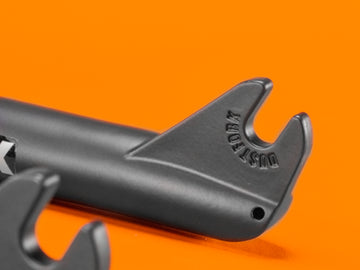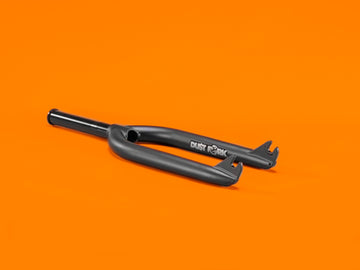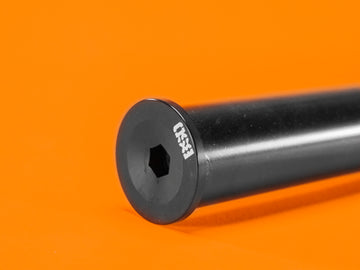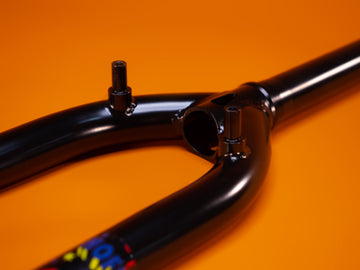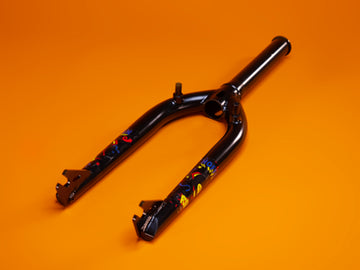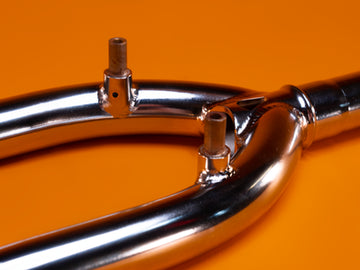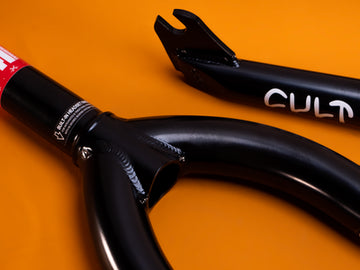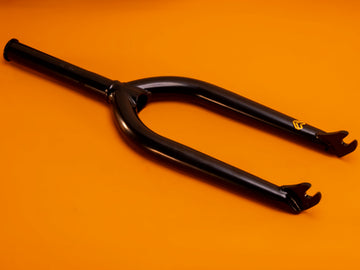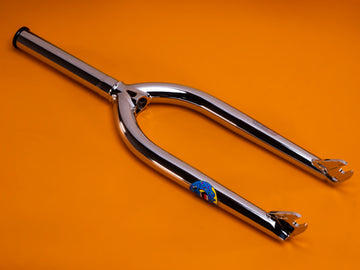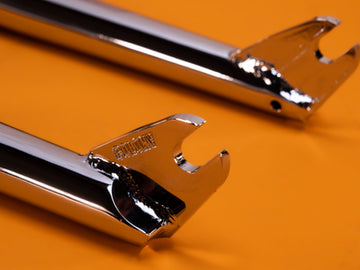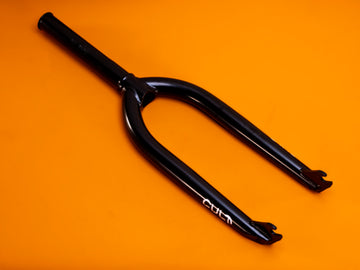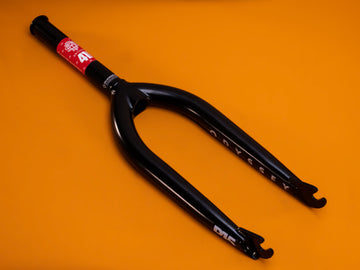BMX Fork Buyers Guide
The Best BMX Forks!
As straightforward as it seems, buying forks for your BMX bike can become overwhelming with the ever-increasing array of products, geometry, and colors that are available from your local BMX store. This guide is a walk you through, highlighting some important features that you may or may not have already considered. With forks being such a critical part of how your bike works it’s important to get the right fit for you.
Step
01.
Steerer Length & Fork Offset
The length of your steerer tube and fork offset can make a difference to how your bike is set up and ultimately feels. The shorter the steerer the lower your stem and bars will sit. The shorter your offset the more twitchy and responsive your front end will feel. Short offset forks are more popular for street/park setups, whereas a longer offset would be used for a more traditional/trail setup.
Step
02.
Brake Mounts
For riders that want brakes on the front, some companies offer modern made forks with 990 brake mounts. Modern geometry and manufacturing methods ensure strong, lightweight 990 brake mount forks. If you are after front brakes for your next BMX build this is something to consider.
Step
03.
Materials, Manufacturing and Warranty
Most BMX forks are made from 4130 Chromoly, however, the thicknesses, lengths and the machining process are always vastly different. Invest casted dropouts and heat-treating increase the strength and durability of the fork with some companies offering a lifetime warranty.
Step
04.
Price
Finally, like most things in life, all forks come at a price. Prices for forks can start as low as $100 (AUD) to as much as $350. Prices can vary depending on brand, and strength. More expensive forks offer lifetime warranties, thicker tubing and investment cast dropouts.

